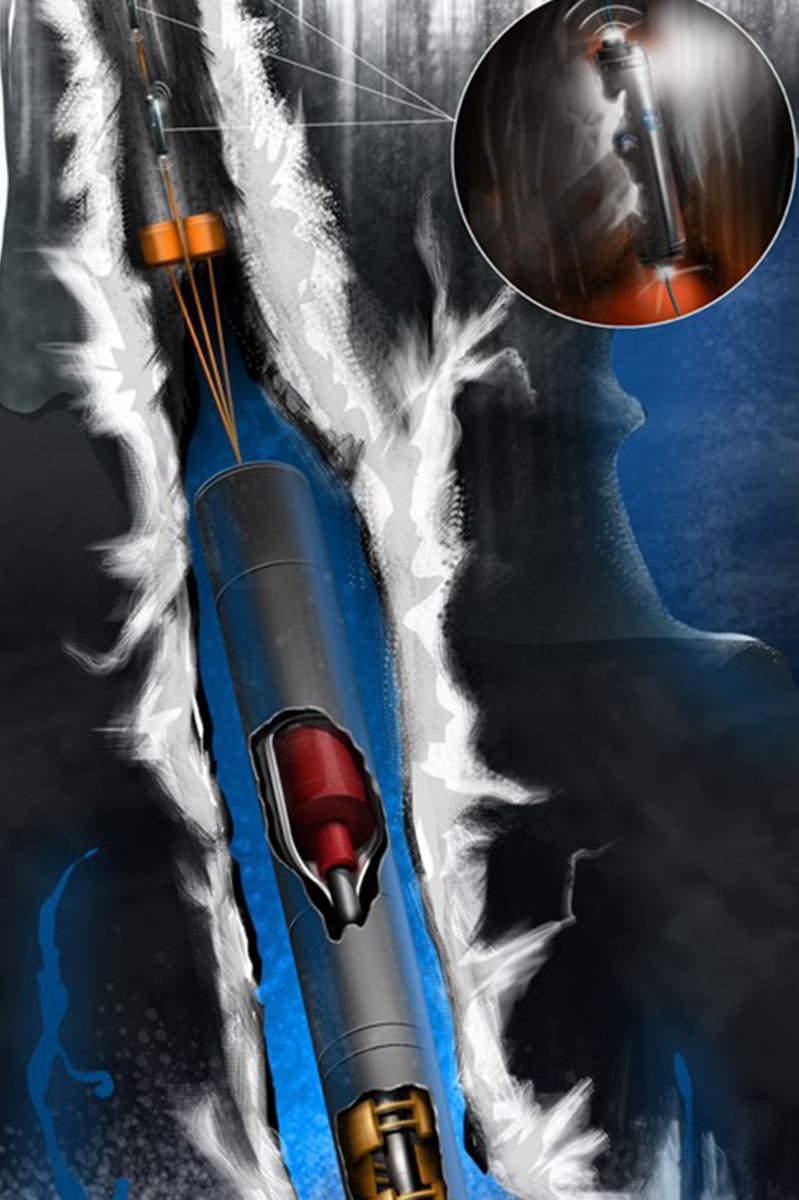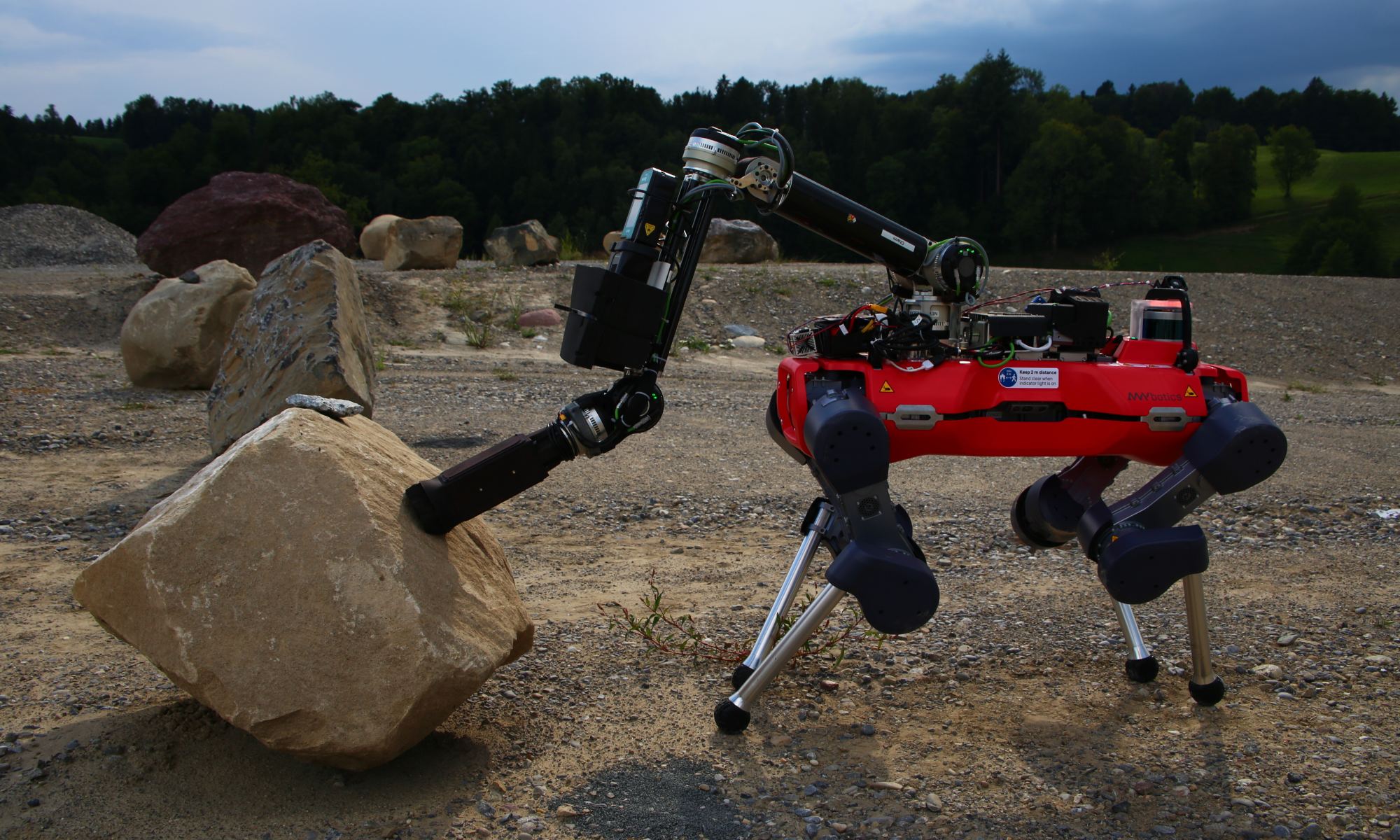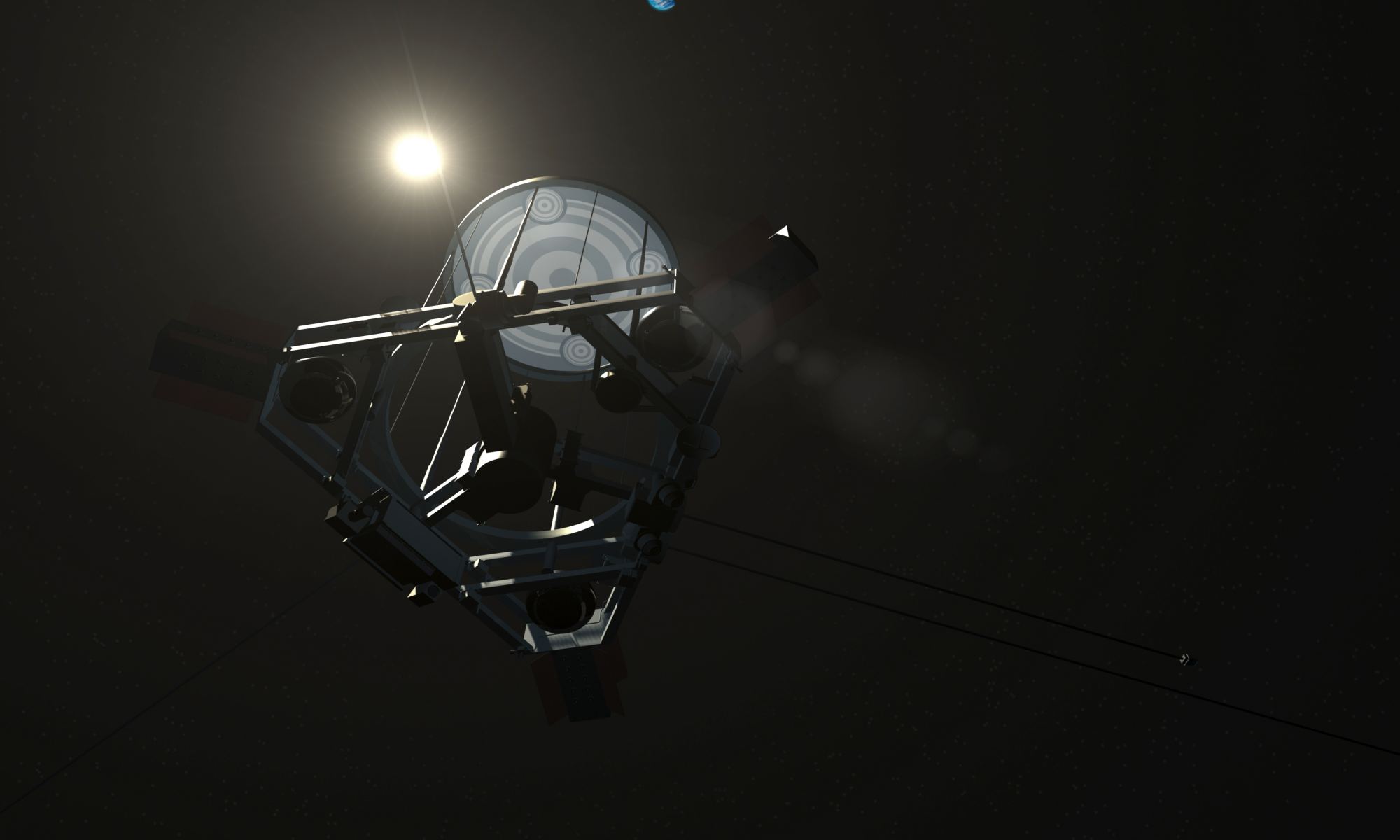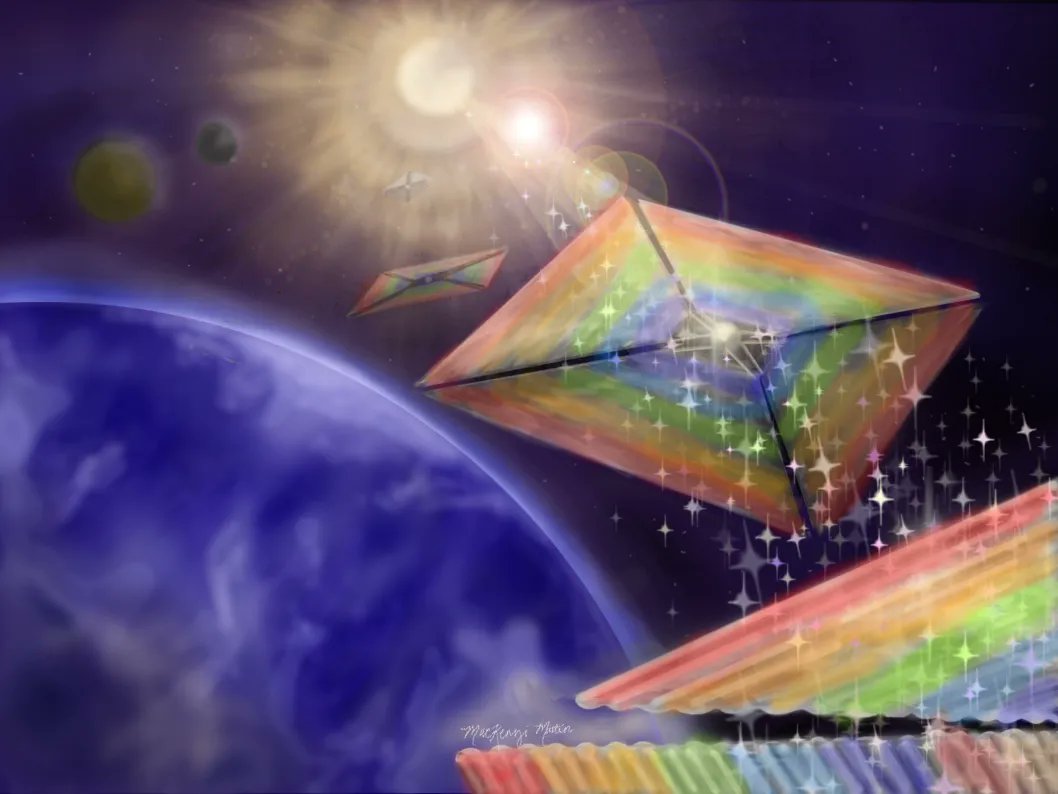As science and technology advance, we’re asking our space missions to deliver more and more results. NASA’s MSL Curiosity and Perseverance rovers illustrate this fact. Perseverance is an exceptionally exquisite assemblage of technologies. These cutting-edge rovers need a lot of power to fulfill their tasks, and that means bulky and expensive power sources.
Continue reading “Exploring the Outer Solar System Takes Power, Here’s a Way to Miniaturize Nuclear Batteries for Deep Space”Exploring the Outer Solar System Takes Power, Here’s a Way to Miniaturize Nuclear Batteries for Deep Space










